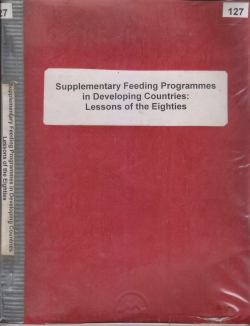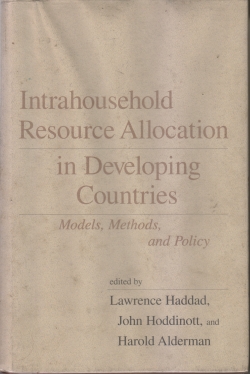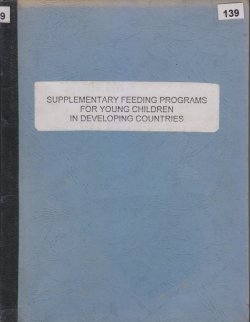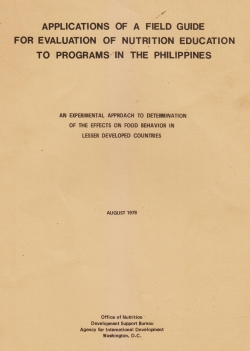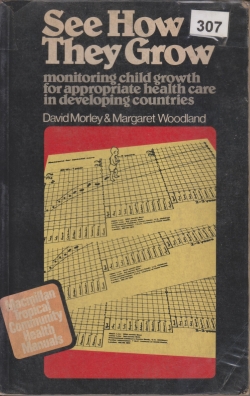Supplementary Feeding in Programmes in Developing Countries: Lessons of the Eighties
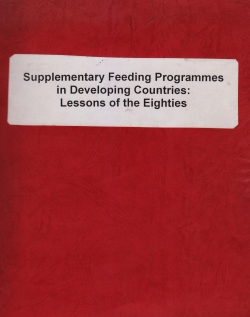
Type
Journal
Authors
Category
Journal
[ Browse Items ]
Publication Year
1992
Publisher
Asia Pacific Clinical Nutrition, United States
Pages
131 - 206
Abstract
This extensive report reviews the important lessons learned during the 1980s on supplementary food distribution for the groups in developing countries. These lessons may be useful in making such programs a more cost-effective option in narrowing the food/nutrient gap in intake among the program beneficiaries. This report follows as a similar report published at the end of the 1970s by the author and George Beaton for UNICEF.
The primary focus in the study has been the food distribution among young children, particularly schoolchildren, and also in pregnant and lactating women. The data have been gathered through a comprehensive search of the literature, official reports and documents from several United Nations agencies, national and international institutions. As well as original research papers on theoretical and applied issues, reports on design and evaluation of specific programs in over 20 countries are studied.
Consideration of programme design examines objectives, nutrient/food gap, poverty reduction, malnutrition, mother and child feeding practices, foods, ration sizes, leakages, targeting, coverage, integration of feeding and health care. Potential and measured benefits are considered in the light of the reports published at the end of the 70s and consequent analysis of work up until the end of the 1980s. Programme costs are documented. In a discussion on context and input, the functional significance of mild and moderate malnutrition in considered, together with diet and physical activity. The author offers some thoughts on future directions and high-lights the need for further research.
The primary focus in the study has been the food distribution among young children, particularly schoolchildren, and also in pregnant and lactating women. The data have been gathered through a comprehensive search of the literature, official reports and documents from several United Nations agencies, national and international institutions. As well as original research papers on theoretical and applied issues, reports on design and evaluation of specific programs in over 20 countries are studied.
Consideration of programme design examines objectives, nutrient/food gap, poverty reduction, malnutrition, mother and child feeding practices, foods, ration sizes, leakages, targeting, coverage, integration of feeding and health care. Potential and measured benefits are considered in the light of the reports published at the end of the 70s and consequent analysis of work up until the end of the 1980s. Programme costs are documented. In a discussion on context and input, the functional significance of mild and moderate malnutrition in considered, together with diet and physical activity. The author offers some thoughts on future directions and high-lights the need for further research.
Number of Copies
1
| Library | Accession No | Call No | Copy No | Edition | Location | Availability |
|---|---|---|---|---|---|---|
| Main | 1321 | 1 | Yes |
